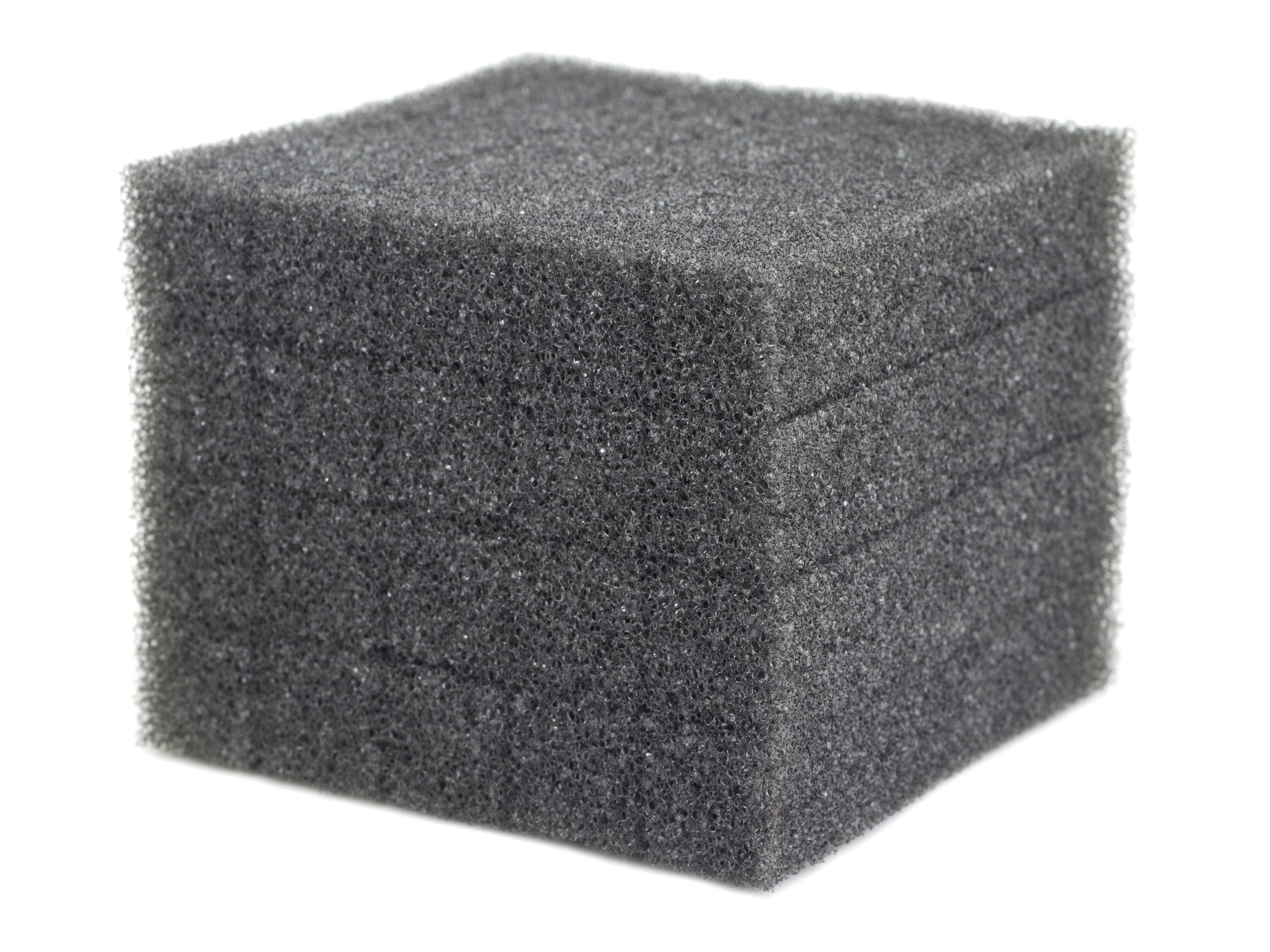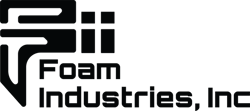What is the Foam Used in Packaging?
Packaging foam comes in many varieties - from fluffy peanuts to inserts with custom cutouts. In this blog, we’ll walk through the types of foam used in packaging, various applications and what to know when comparing packaging options.
Related Content: 3 Reasons to Use Foam Packaging
What is the Foam Used in Packaging?
Applications for Packaging
Before we discuss the types of foam used, let’s go over the basic applications of foam packaging.
1. Void fill
Void fill is the most basic type of packaging, and it’s designed to fill the space between the box and the object(s) inside. It provides minimal cushioning and little support…but is more supportive than no packaging protection at all. The most common type of foam void fill is packing peanuts, but you may also see other materials like shredded paper or air pillows used as well. Big retailers like Walmart and Amazon are moving away from box in a box packaging that uses void fill because it’s less sustainable and less effective at protecting products.
Related Content: Case Study: Ship in Own Container vs. Box in a Box
2. Custom insert
A custom insert is generally the most supportive packaging option for a vast majority of products. A custom insert is a block of foam with precision spaces designed around a specific product or product. Inserts are most often used in cases, corrugated boxes or custom-designed boxes. Because a custom insert is designed based on a product’s specific shape, size and weight, it’s the most effective type of packaging for shock absorption, cushioning and surface protection.
Related Content: Case Study: How to Choose the Right Foam for Your Custom Case Insert
3. Blocks and liners
Foam blocks and liners are shapes of foam that are used to surround a product(s) in transit. A block is what you would expect- a brick-shaped piece of foam. Liners are thin and typically rectangular or square. Both blocks and liners offer some protection to a product but to a lesser degree than an insert. However, they can be extremely effective for transit operations: for example, as cushioning between boxes within a large crate. They’re also highly recyclable and reusable.
4. Pick and pluck

You can think of pick and pluck as the midway point between a block of foam and a custom insert. In packaging, pick and pluck foam is typically a rectangular or square brick that’s been designed with pre-scored blocks. These blocks can be removed to make room for a product. This provides more cushioning than a simple block of foam, but less than a custom insert.
5. Sheets and rolls
Sheets and rolls are ultra-thin pieces of foam that can be wrapped around a product to protect it in transit. This type of packaging is used in conjunction with other foam applications to ensure the product arrives undamaged. However, rolls can help provide extra protection for fragile items and/or items with sharp edges.
Related Content: New Product: Polyethylene Foam Sheets w/ 1m Barrier
Types of Foam Used
Now that we’ve discussed the common applications of foam in packaging, let’s look at the specific types of foam used.
1. Polyethylene (PE) FoamThis is one of the most common types of foam you’ll find in packaging. If you don’t know what it is (or what you need for your package) – there’s a good chance it’s PE foam. This is also the most versatile of the foams in color and density varieties, and can be fabricated in a huge number of ways.
Benefits of Polyethylene Foam in Packaging
- Sustainable - made from recycled materials and all scrap is recycled (waste free)
- Fast and Easy to fabricate and bond
- Chemical resistant
- Water resistant
- Can be heat bonded
- Wide variety of densities and color
PU foam is the go-to foam when you want your package to be hands-on. This flexible foam has a plush feel and can be further customized with adhesive fabrics and films. The end result is much more impressionable textile experience over other types of foams.
Benefits of Polyurethane Foam in Packaging
- Soft and plush for hands-on touching
- Extremely flexible
- Sustainable - all post-industrial waste is recycled (waste free)
- Easy to fabricate and cut
- Accepts Pressure Sensitive Adhesives (PSA) to add more fabrics and films to the surface
Related Content: Which is Better: PE vs PP Foam?
3. Cross–Linked Polyethylene (XLPE) FoamXLPE foam is a popular choice for influencer kits and marketing materials. It’s unique from other packaging materials in that it’s both rigid and durable, yet doesn’t scratch paint. It also can be customized in unique ways to create a splash.
Benefits of Cross–Linked Polyethylene Foam in Packaging
- Very chemical resistant
- Will not scratch painted surfaces
- Very heat resistant
- Wide variety of customization options
- Visually pleasing
- Extended duty life
- Can be fabricated and cut into any shape
EPE and EPP are immediately recognizable by their distinct texture. These foams are made out of expandable beads that can be used to set rigidity – in low densities it’s very firm, but in high densities it’s yielding and flexible.
Benefits of Expanded Polyethylene/Expanded Polypropylene Foams in Packaging
- EPE will not scratch painted surfaces
- EPP is very firm in low densities (ideal for stacking strength)
- Larger bun sizes offer a lot of yielding flexibility
Styrofoam is the most recognizable XPS foam worldwide. Both EPS and XPS foam are lightweight, low-cost foams used for minimal cushioning.
Benefits of Expanded Polystyrene/Extruded Polystyrene Insulation in Packaging
- Sustainable - can be recycled in industrial and most post-consumer settings
- Very low-cost
- High R-Value which makes it a great insulator
Related Content: XLPE vs PE vs EPE Foam: Which One is Better?
There’s a lot to foam packaging - and there’s no one-size-fits-all solution for every product. That’s why it’s important to partner with an expert who can wade through the options and give you the best solution.
Find Your Best Option with a Packaging Expert
As a leader in the packaging industry, Foam Industries has set the bar with an unwavering commitment to quality, exceptional client service, and constant innovation. Through our extensive inventory of endlessly customizable products, we ensure you find exactly what you’re looking for.
Foam Industries is a custom protective packaging company specializing in foam – with additional wood and plastic fabrication services. Our custom foam fabrication services are ideal for any type of packaging, display, or support service needed – from design to finished product.
Get a Quote
Ensure your product(s) arrive from A to B, damage-free. Foam Industries will optimize your protective packaging. The results? Less damage, better bottom line.
